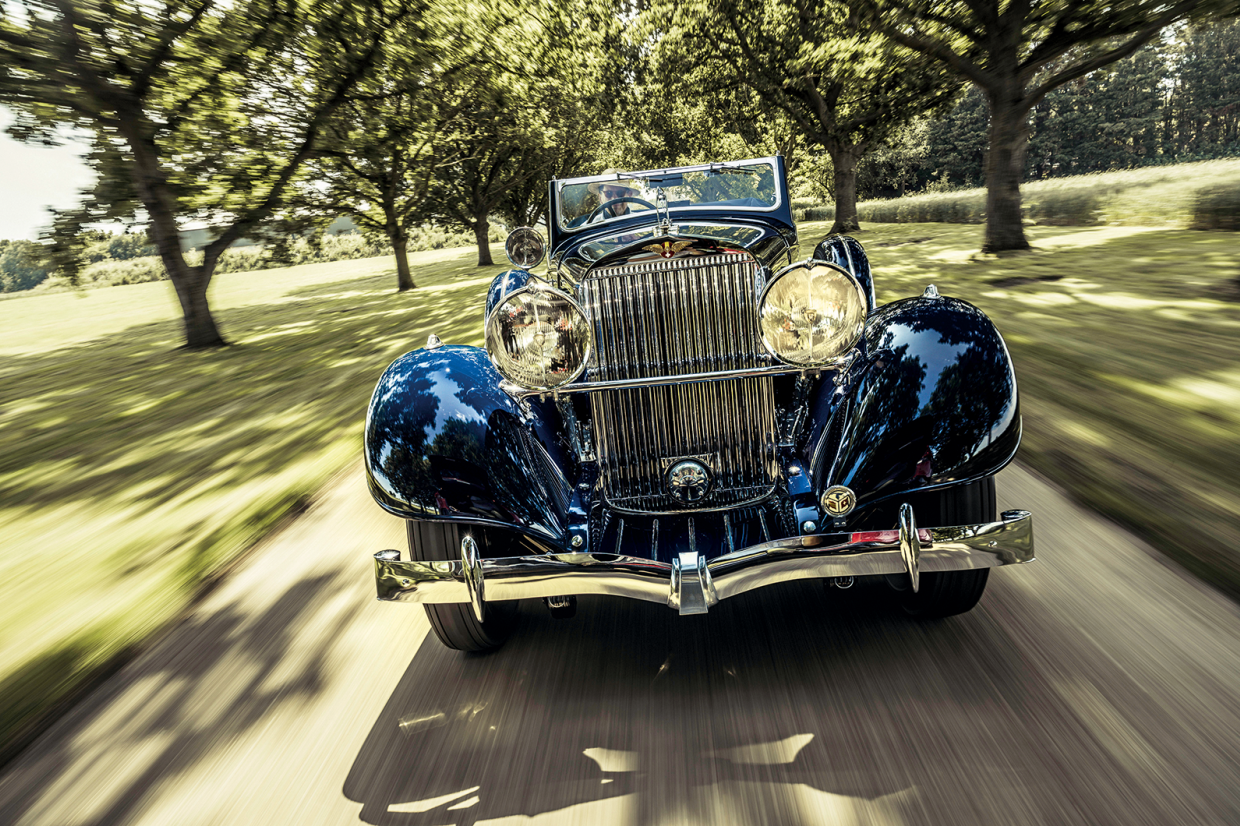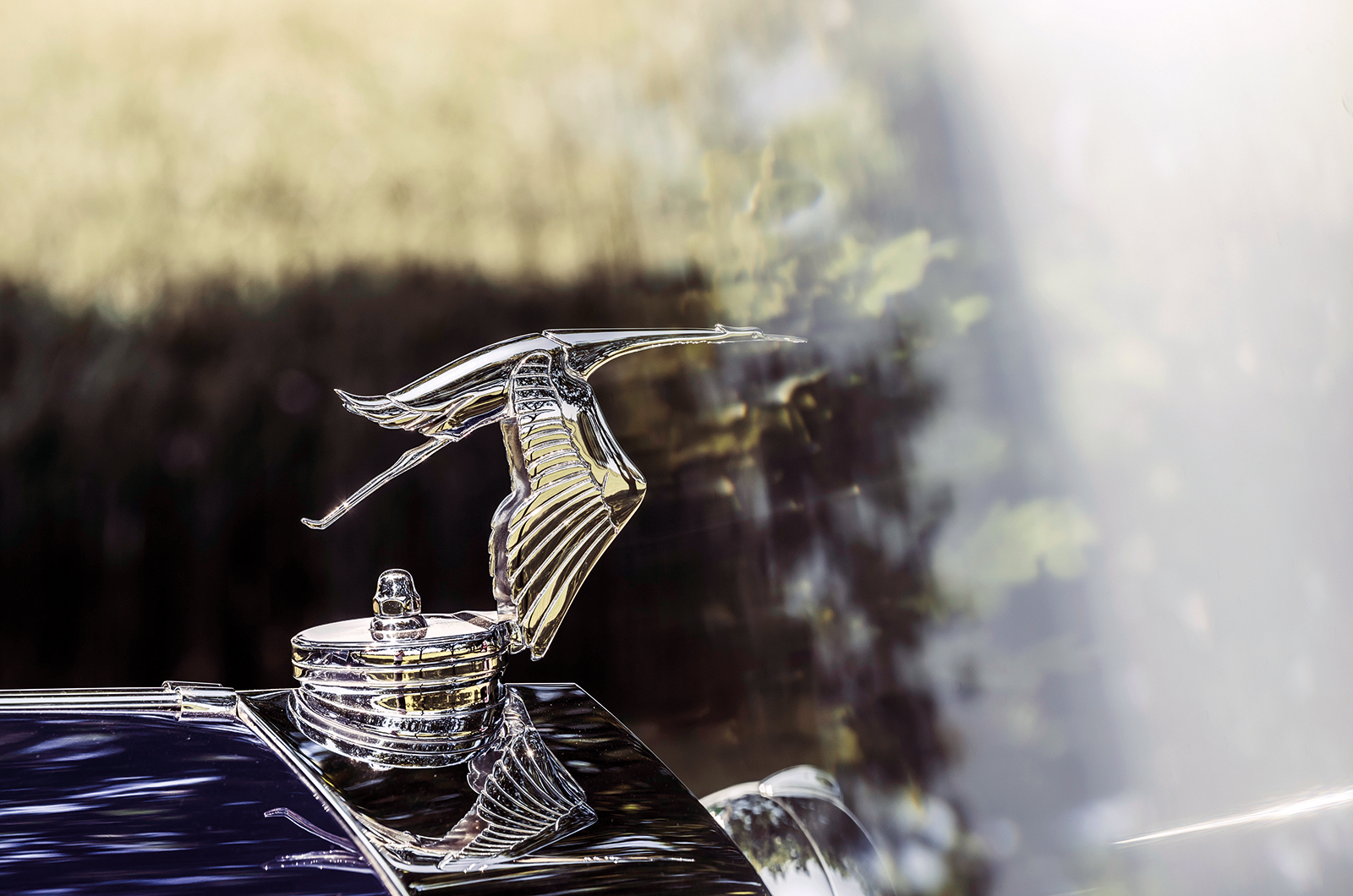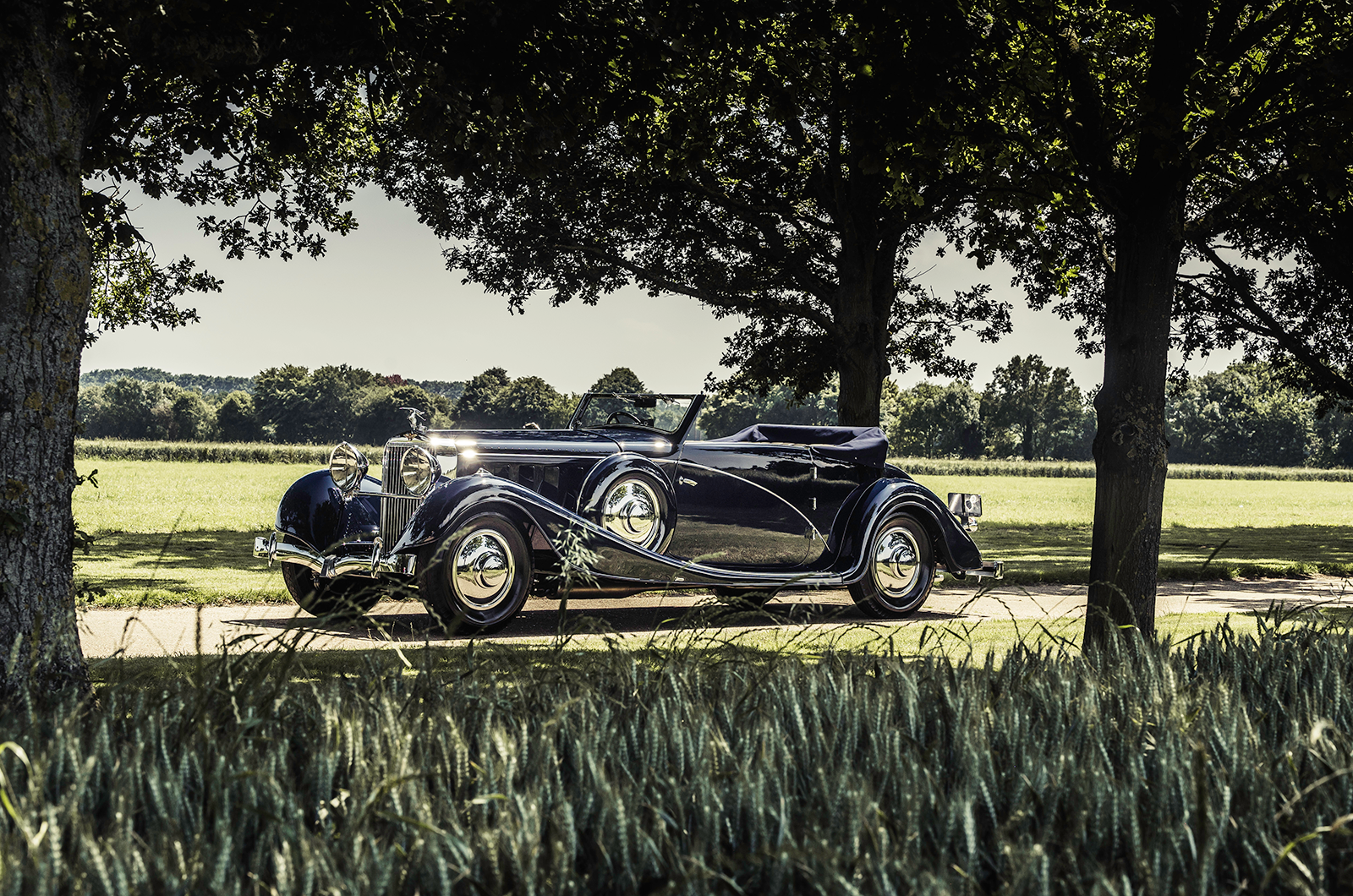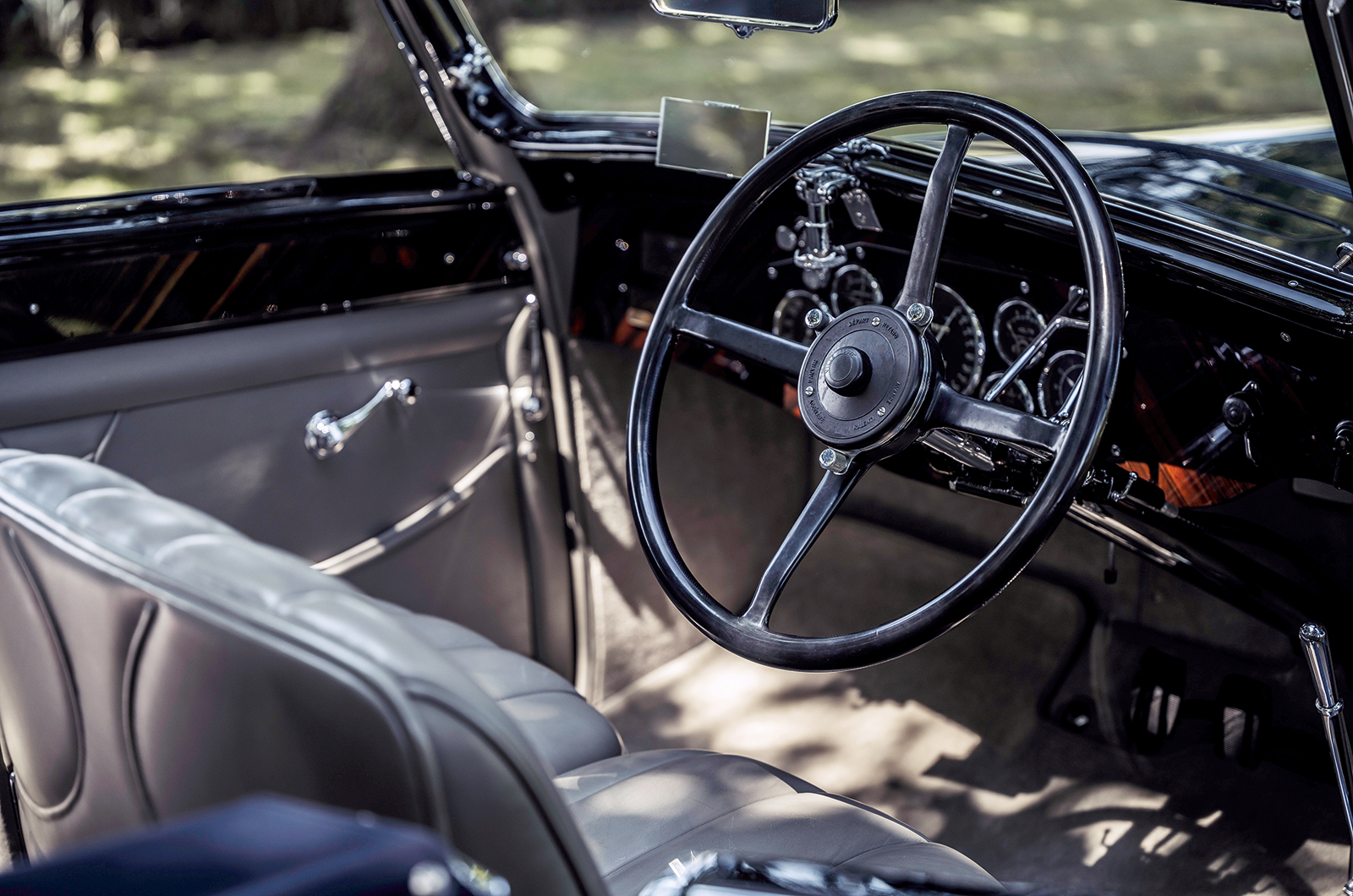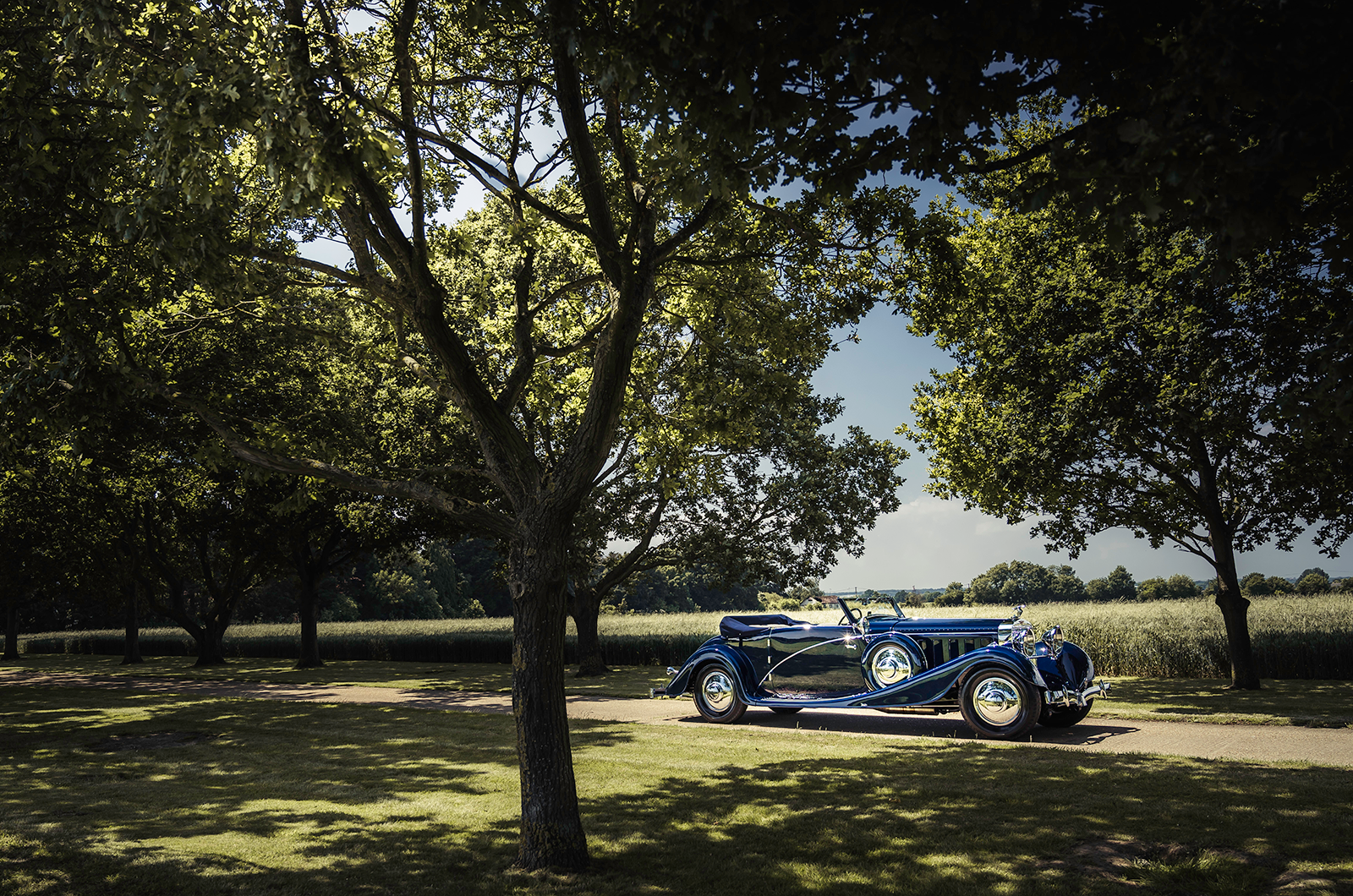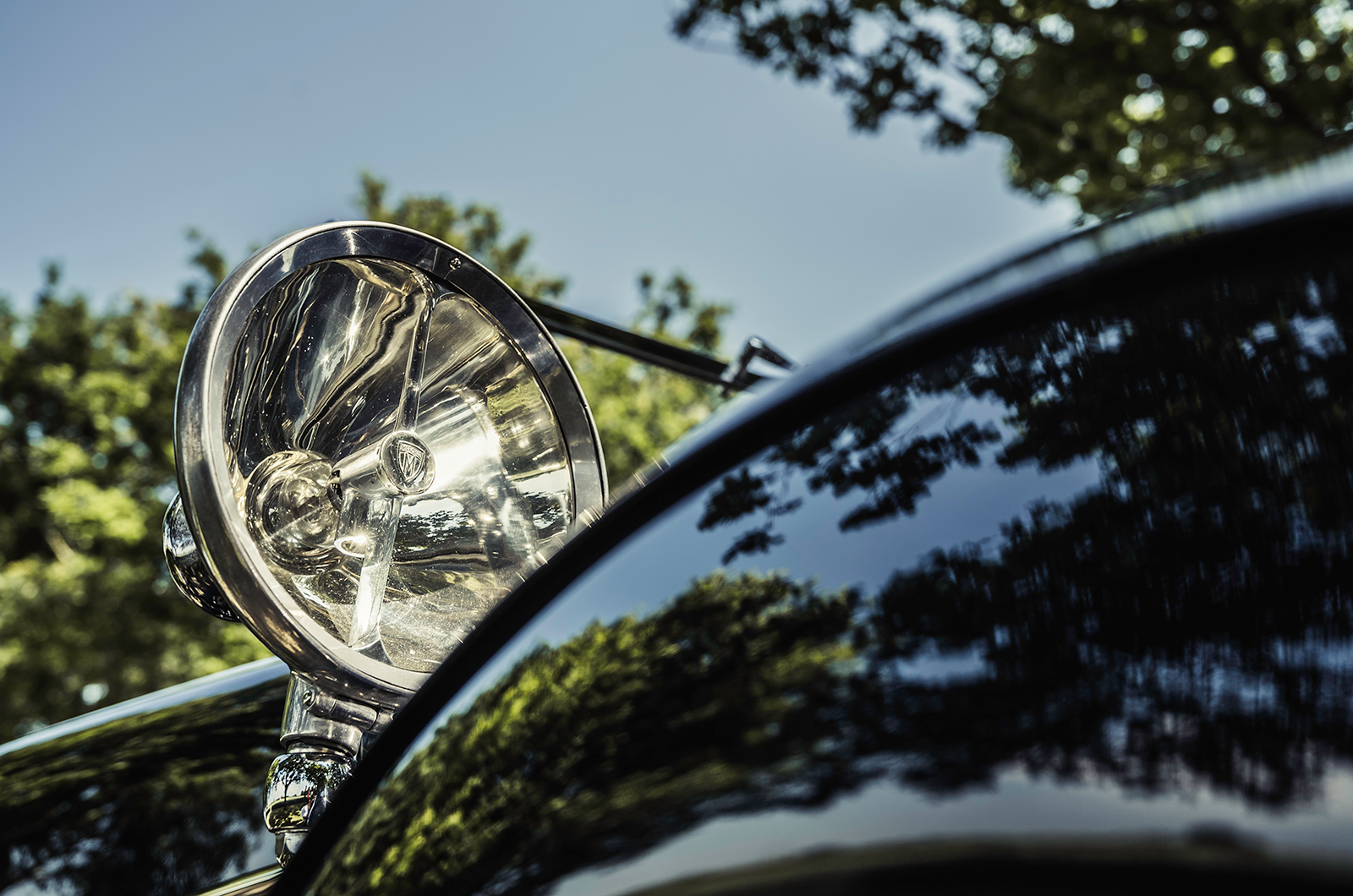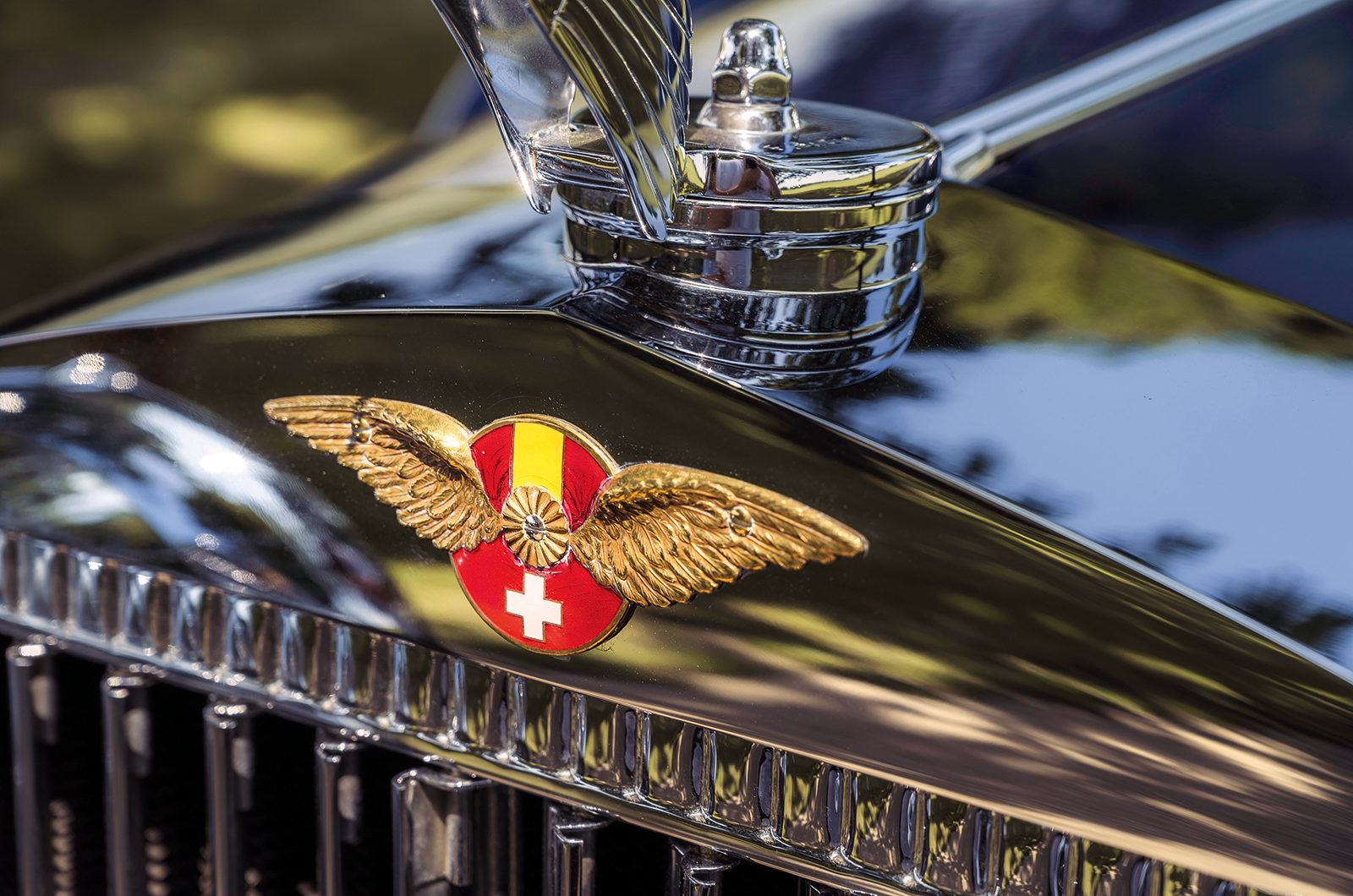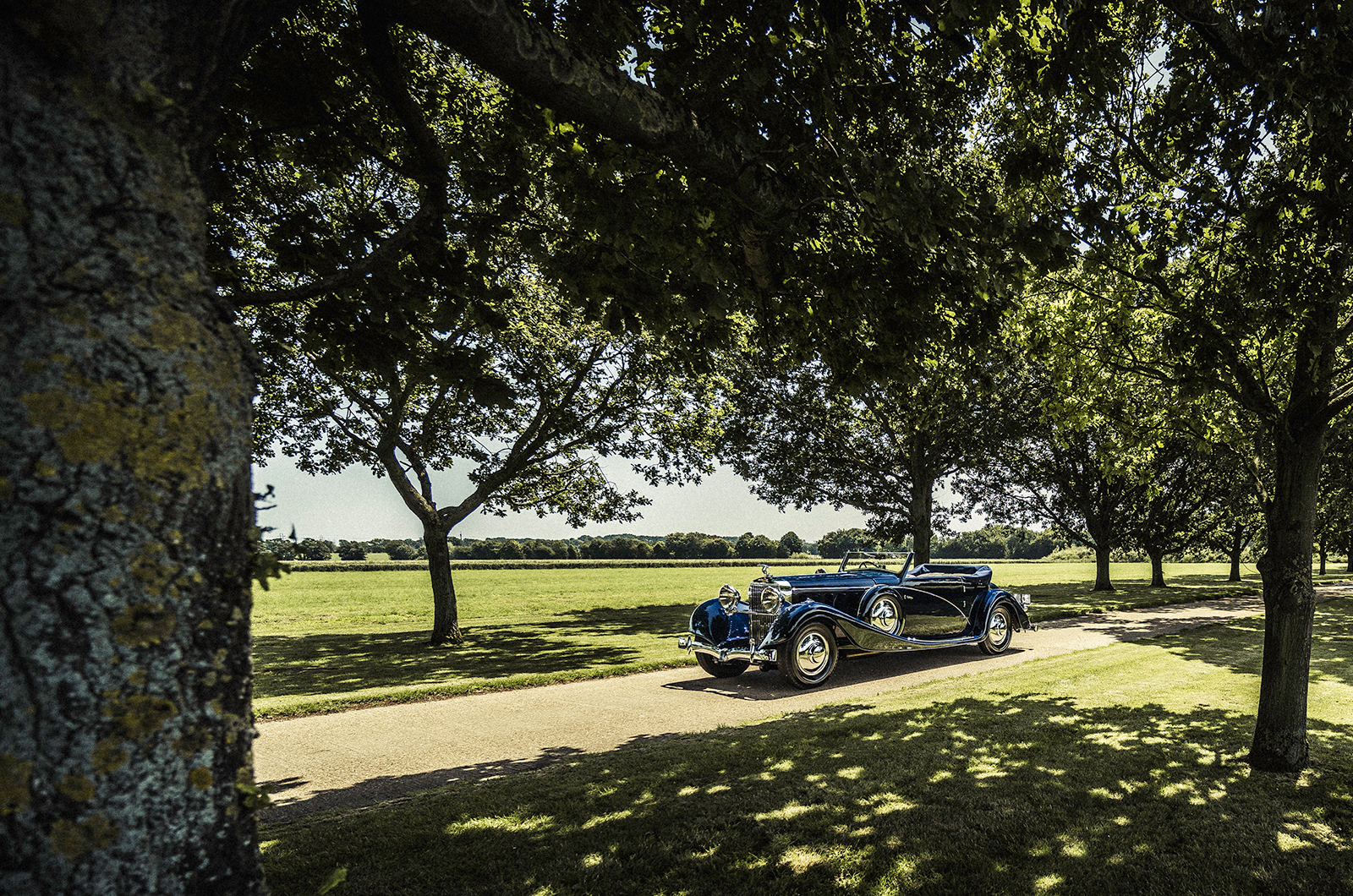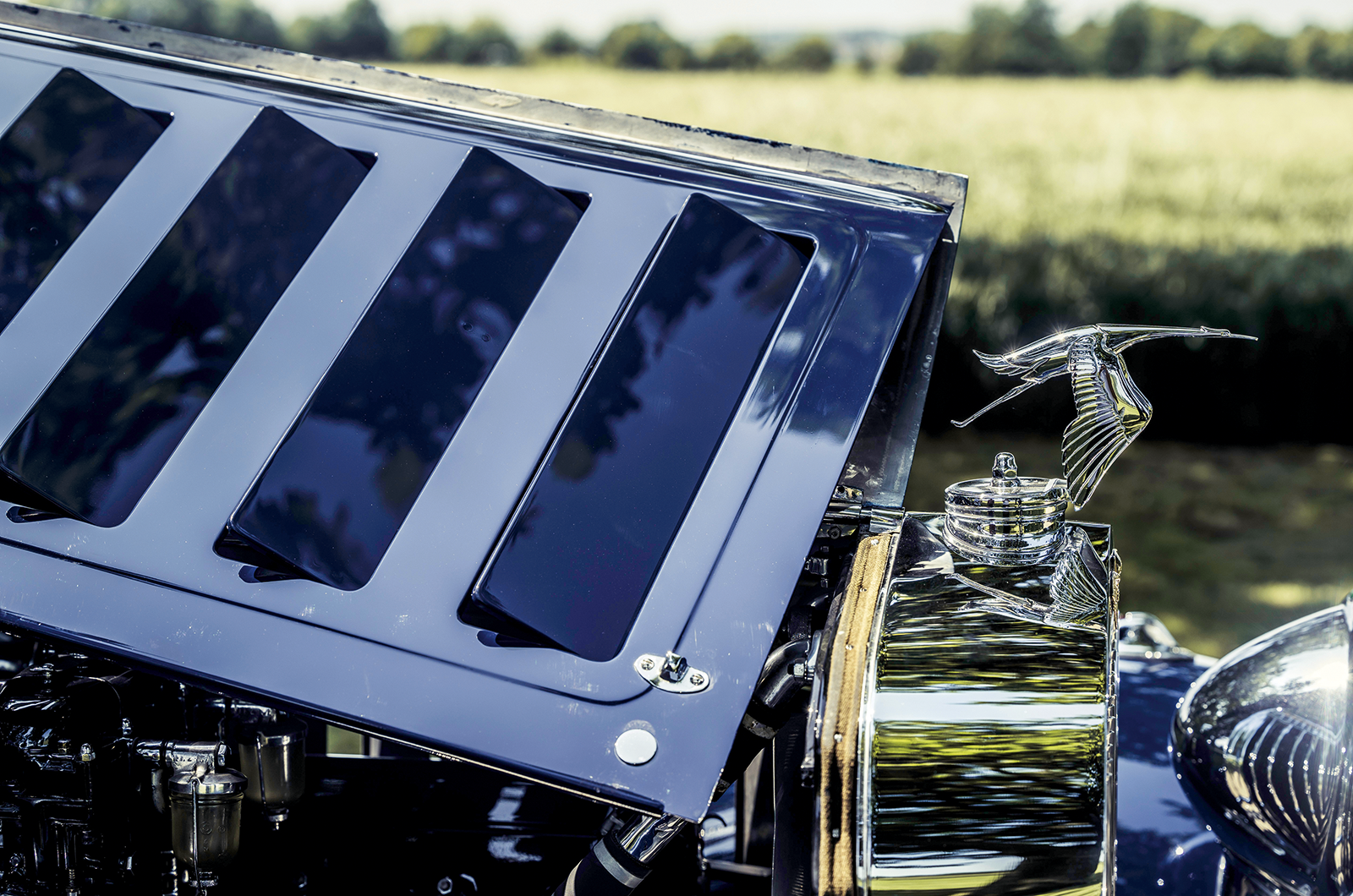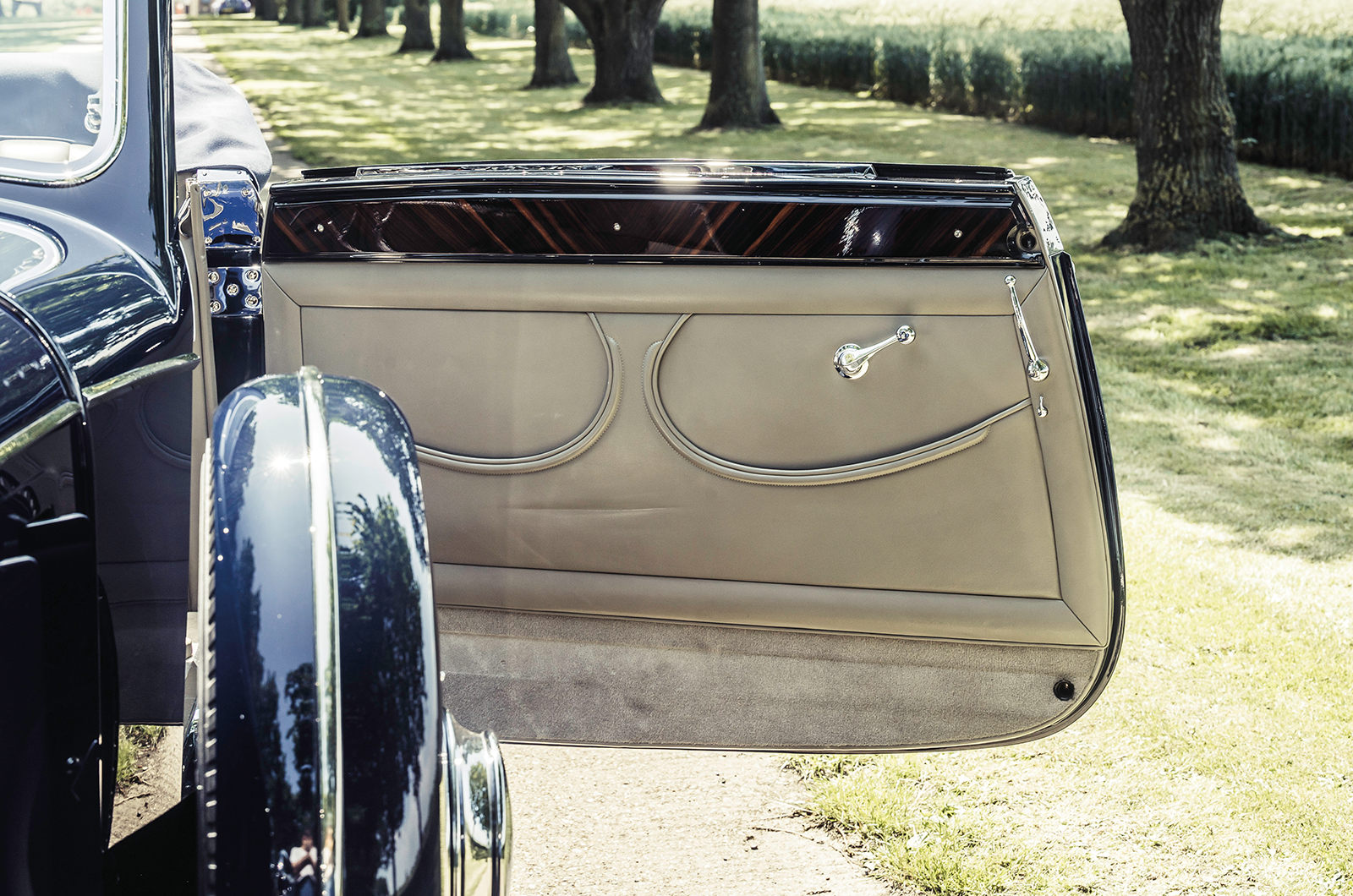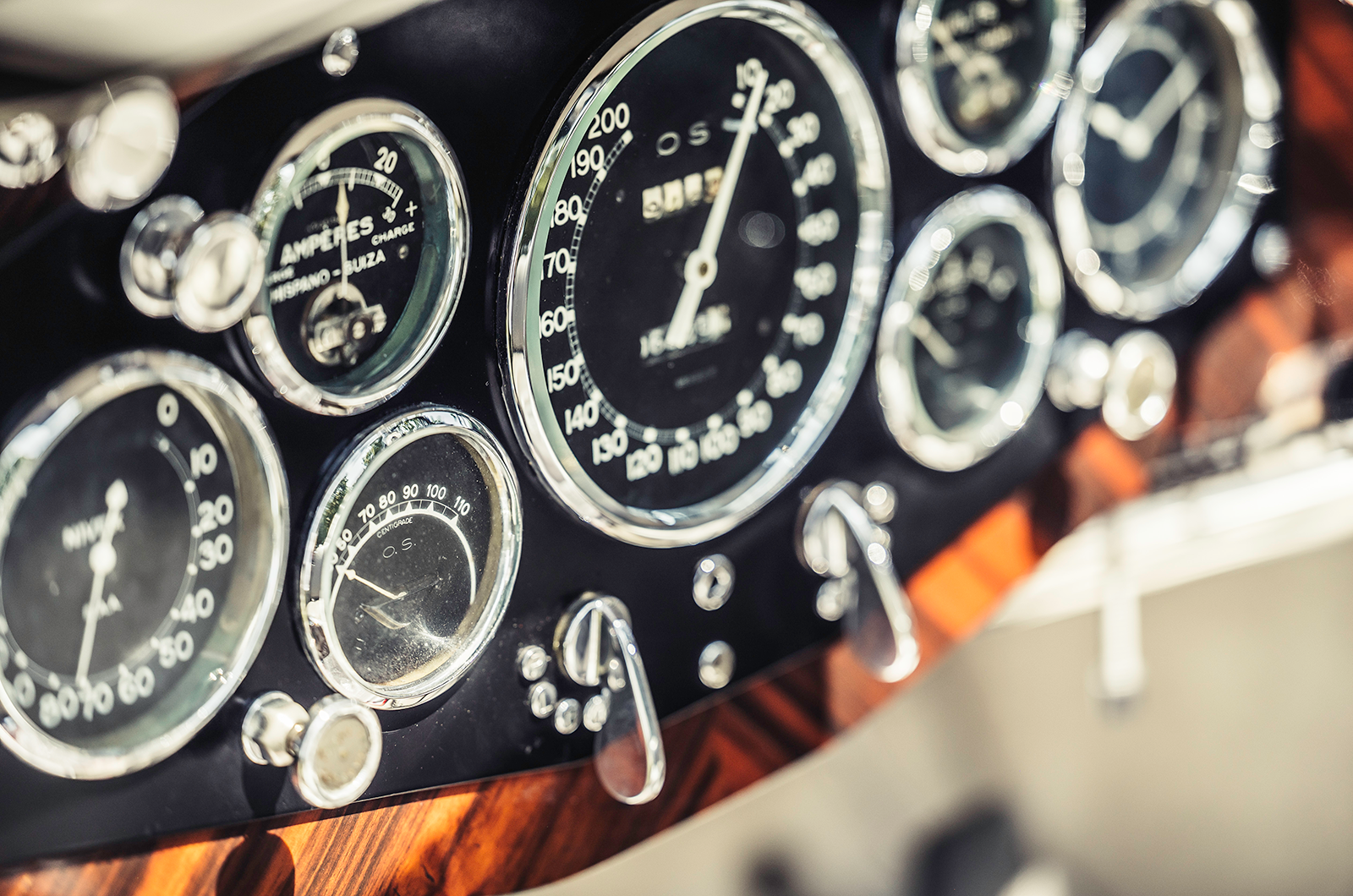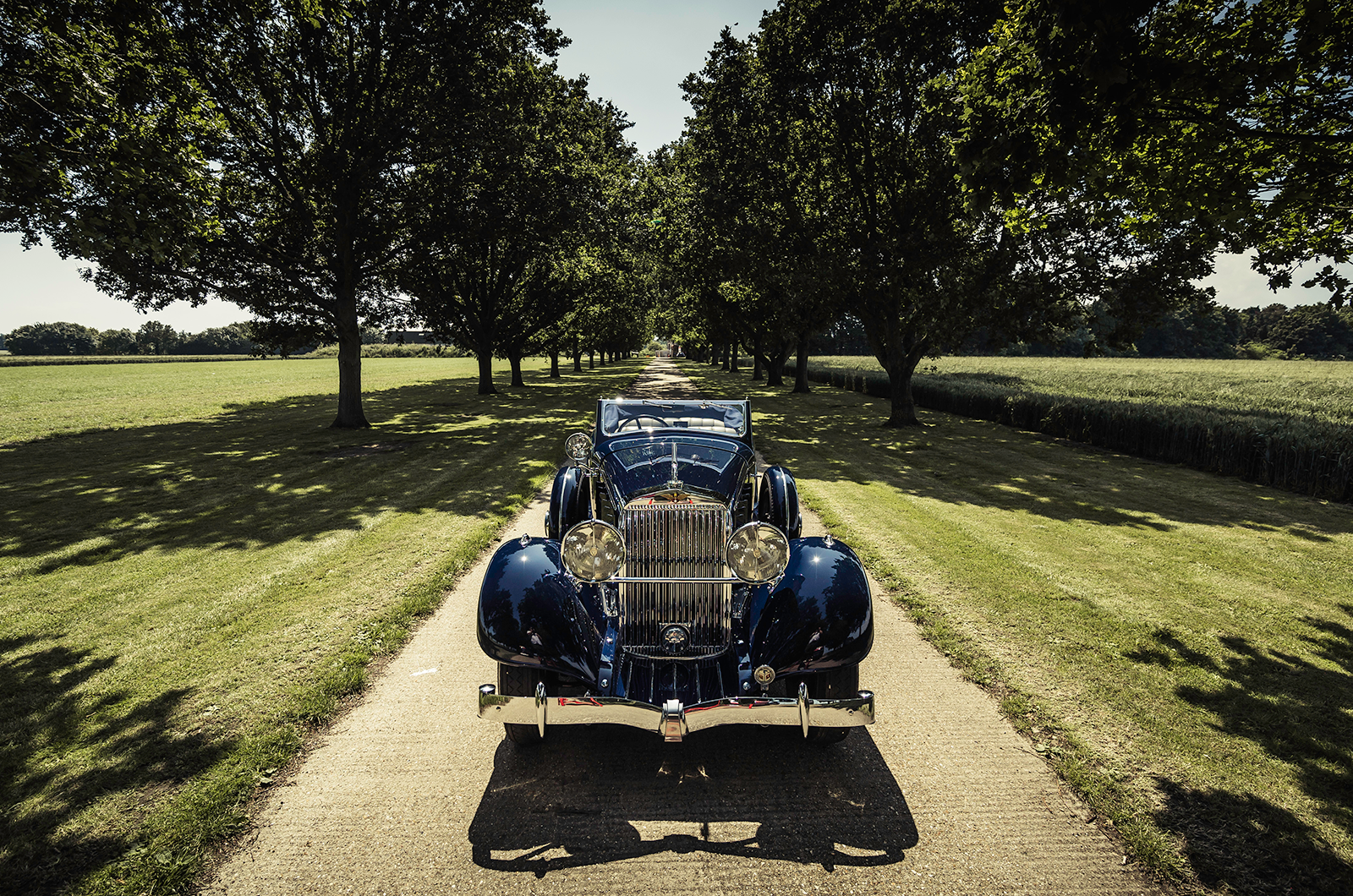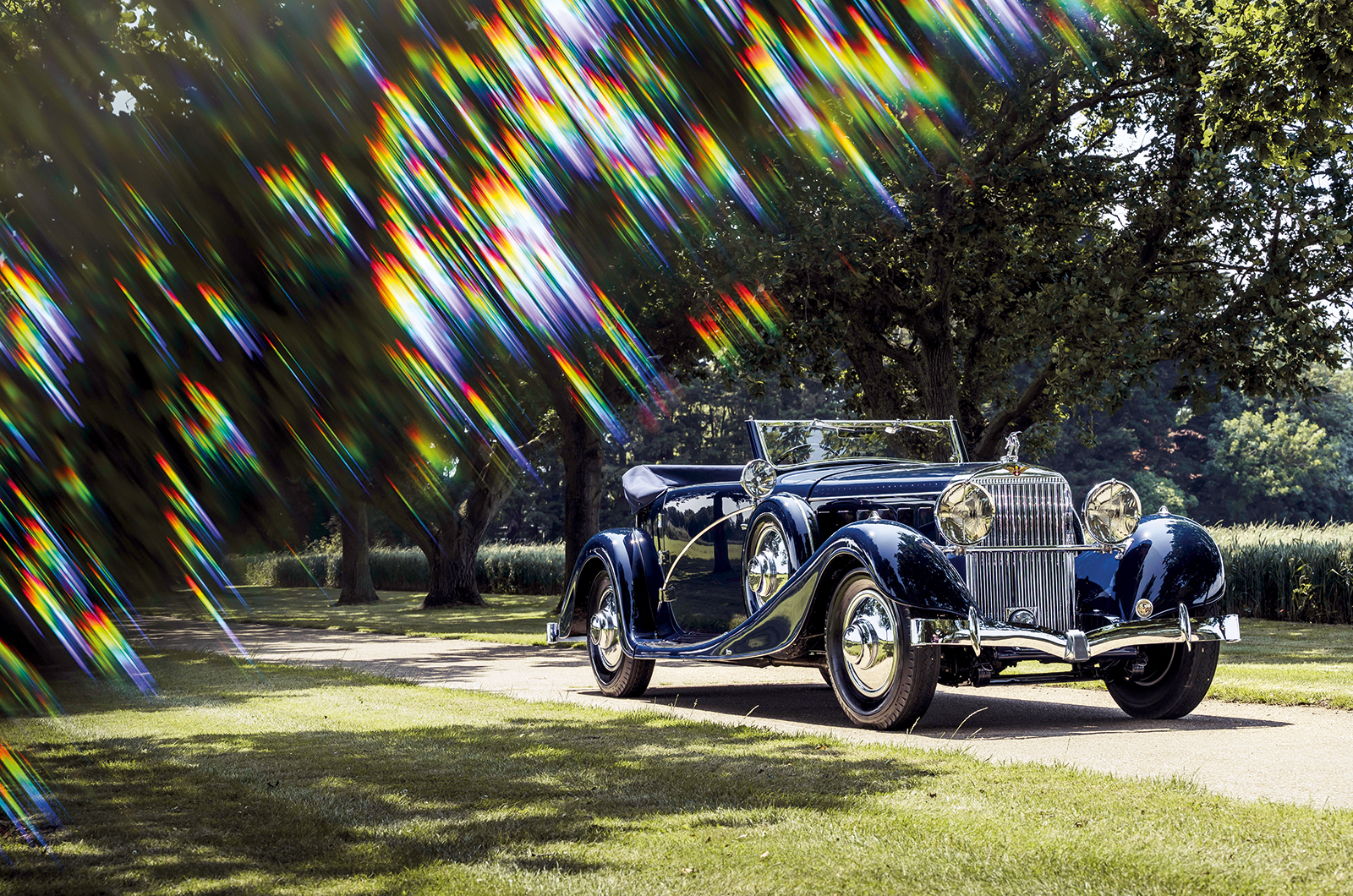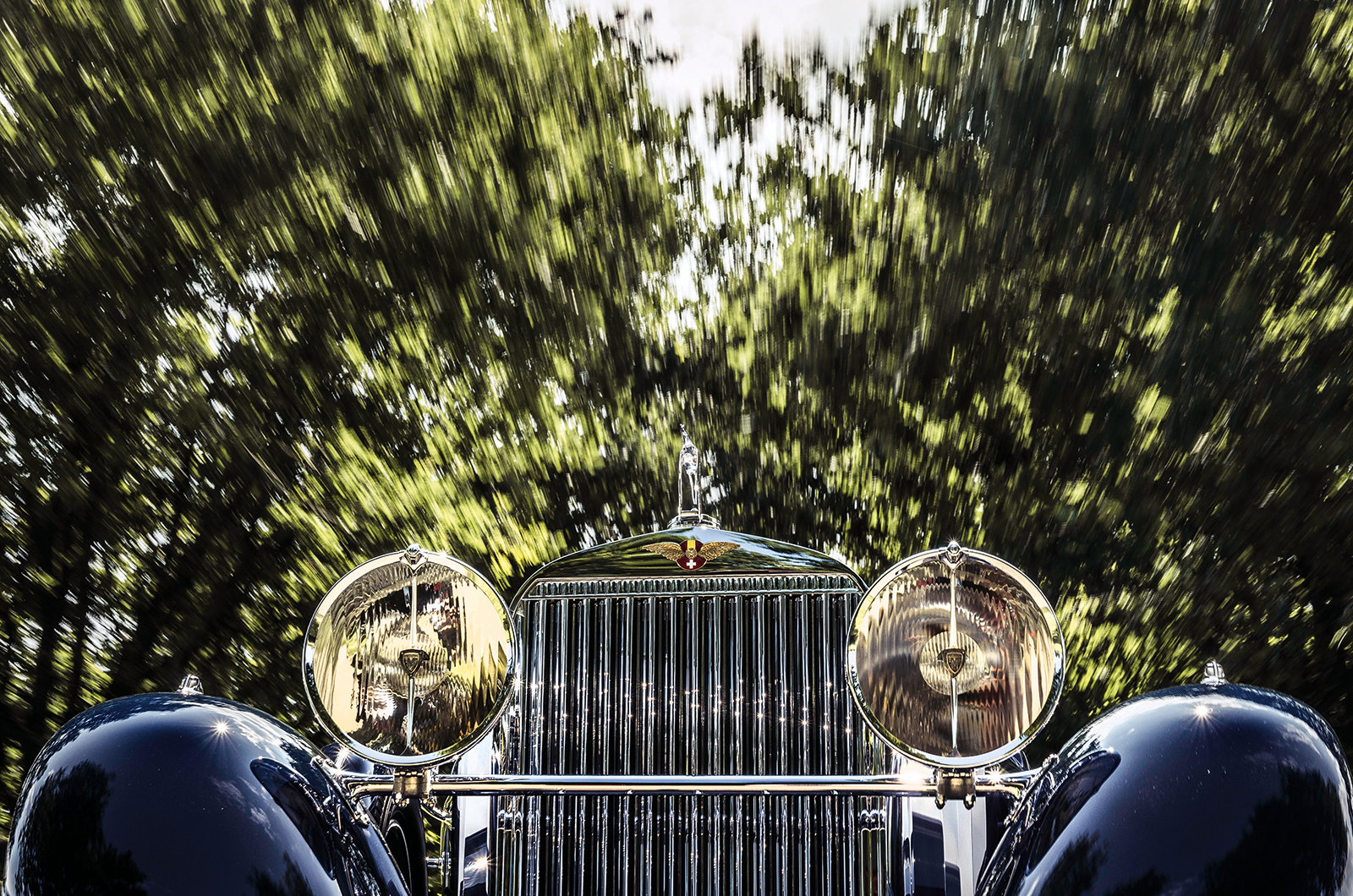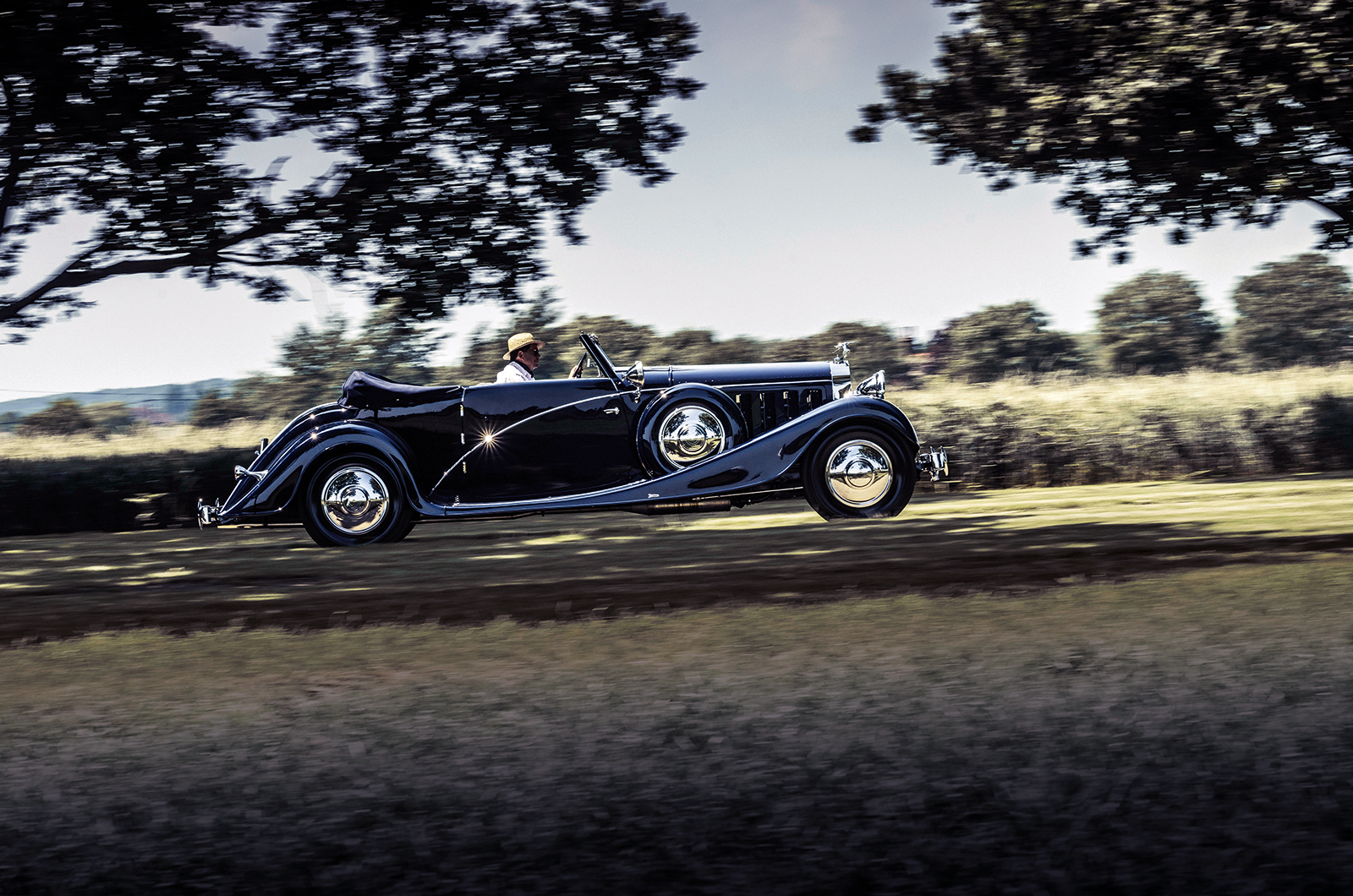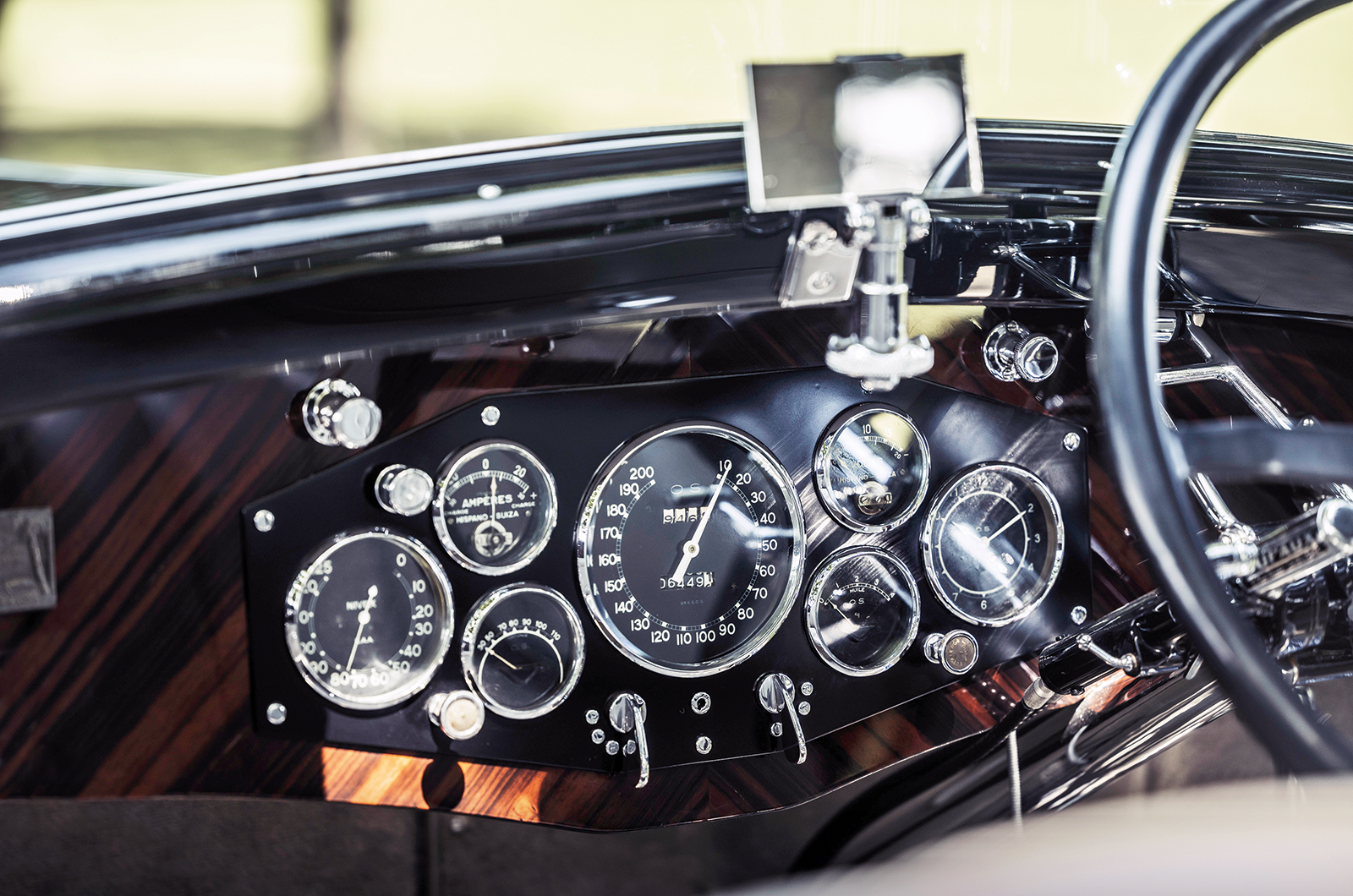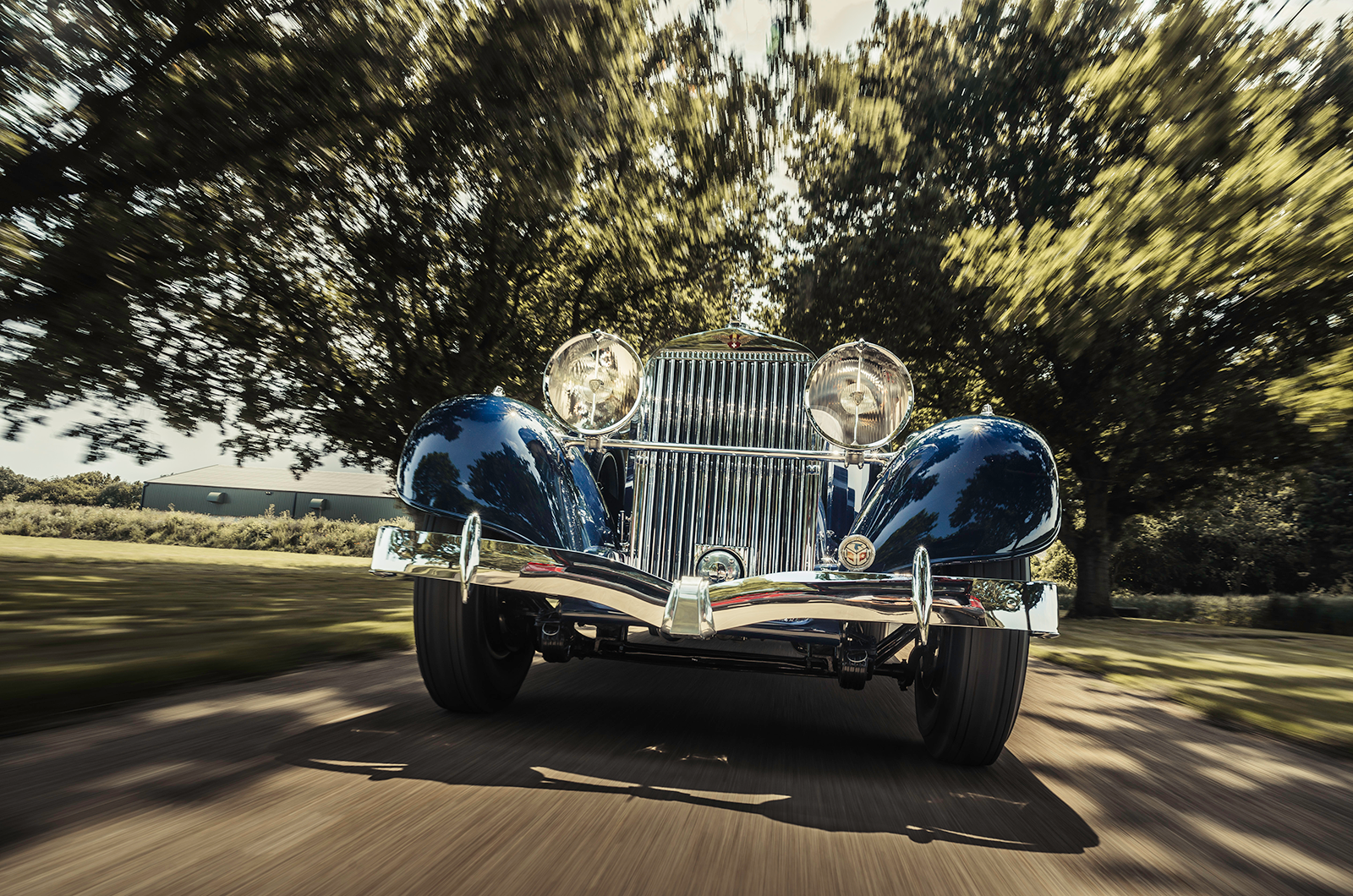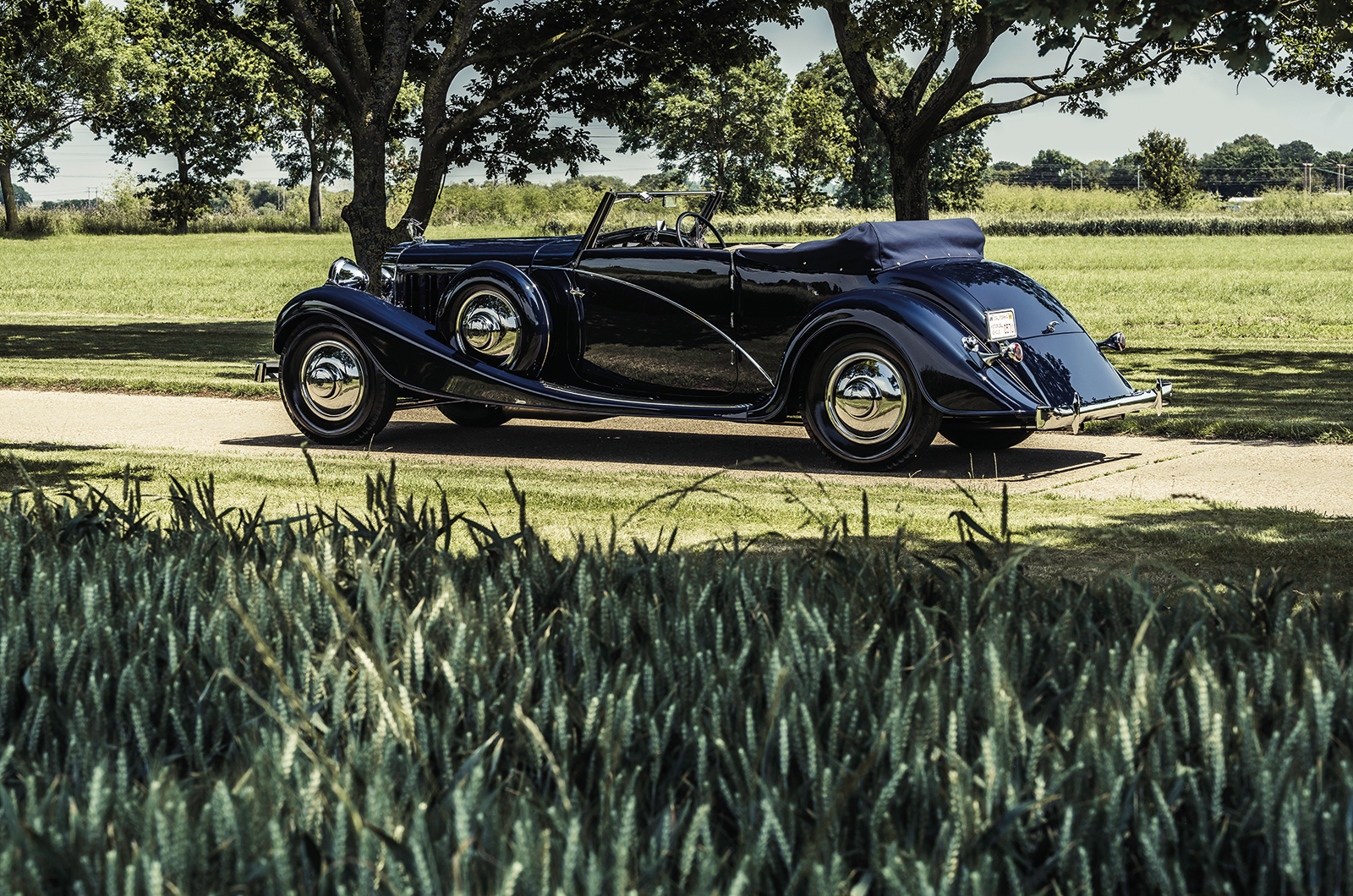There were few more passionate about the J12 than the late Jules Heumann, furniture designer, president of the Hispano-Suiza Society and Pebble Beach concours saviour.
Heumann owned several Hispano models during his life, including the ex-Count Trossi 11.3-litre short-chassis J12 with Faux Cabriolet bodywork by Vanvooren.
“For brute force and sophisticated silence, nothing matches the satisfying driving experience of the great J12,” said Heumann.
“Despite criticism that the gearboxes had but three speeds, these cars had immense torque. They are top-gear automobiles, and shifting down to second is seldom required.”
With the Hispano’s right-hand drive, Heumann used to take great delight in passing modern cars on freeways, particularly when climbing hills.
“It was amusing noting the consternation when the behemoth passes. That joy of driving is matched by the exquisite engineering, the elegant design of every part, and superb quality level throughout.
“Doing most of the mechanical work myself on these cars, I cannot help but be impressed over and over again when handling the various components. Marc Birkigt was a genius.”
The Autocar came to similar conclusions in 1934, with the subhead: ‘A car Magnificent; Astonishing acceleration and Ease of performance.’
The road-test figures timed around Brooklands were: ‘An amazing order, surpassing any similar set of test data recorded by The Autocar for a production vehicle.’
These famed J12s have captivated me since I was a boy because they always featured prominently in books of greatest automobiles and ranges of model cars.
To step up into the spectacular cockpit of the drophead on a beautiful summer afternoon is a dream come true.
With steering column-mounted levers for ignition timing, choke, hand throttle and magneto all correctly set, and fuel pump activated, the big moment of pressing the J12’s starter finally arrives.
The 9.4-litre V12 wakes with a silky burble, which is barely audible at tickover, but the initial driving operations are disappointingly cumbersome with a heavy steering action and deep, ponderous slices up the three-speed gear gate.
With first a dogleg, the change up and across to second is best done slowly due to the yawning ratio gaps and hefty internals.
The ridiculously high first gear is good for 50mph, second for 80mph, and third, if the road is straight, beyond the ton.
Pounding flat-out around Brooklands in 1934 must have been something else, but tight Essex lanes are no place for this valuable 2½-tonne super-tourer.
Once into top, the J12 pulls from walking pace like a Chapelon steam loco, and even crawling out of roundabouts the creamy power unit effortlessly picks up speed.
On clearer routes, it’s easier to relax and appreciate the quality controls as the steering lightens.
Thankfully, when white vans impatiently cut in, the impressive assisted brake action pulls up the J12 superbly.
Most original owners were chauffeur-driven but they missed a fabulous experience at the wheel.
With the view down that bonnet and the famous stork as a sight, there’s a special feeling to controlling this masterpiece.
The J12 impresses today, but in the 1930s nothing rivalled it for refined, luxurious motoring.
Even its modest designer must have smiled to himself as it purred up the drive to his grand Rives Bleues home after a 350-mile run from the Paris works.
Images: Olgun Kordal
Thanks to Peter and Merle Mullin; Peter Reeve
READ MORE
Bugatti Type 57S: Molsheim’s missing link
The exotic life of Count Trossi’s Alfa Romeo 6C-2500
The specialist: IS Polson
Mick Walsh
Mick Walsh is Classic & Sports Car’s International Editor
